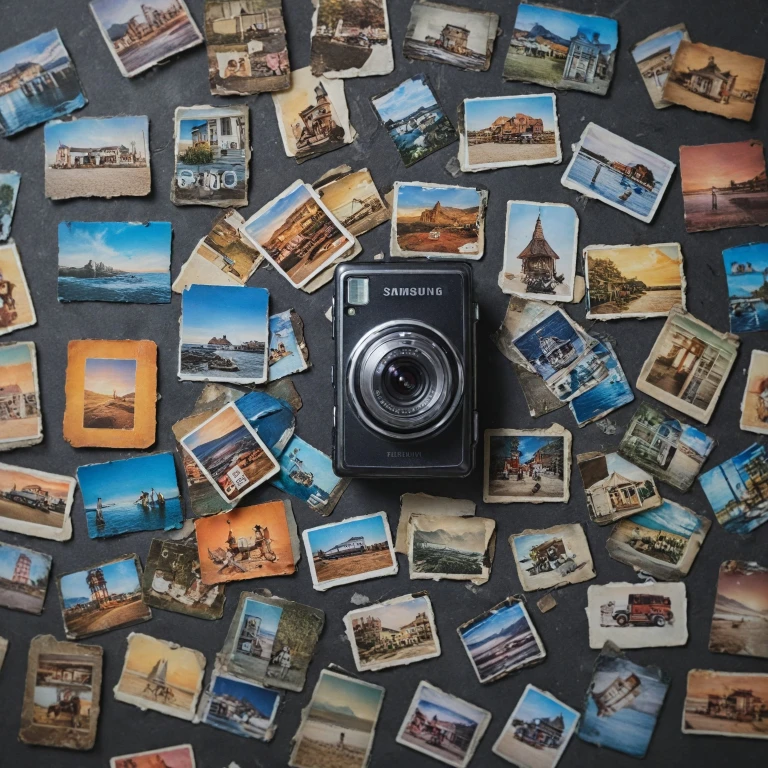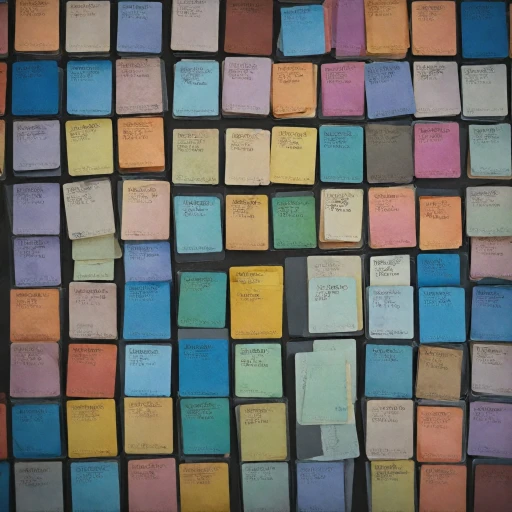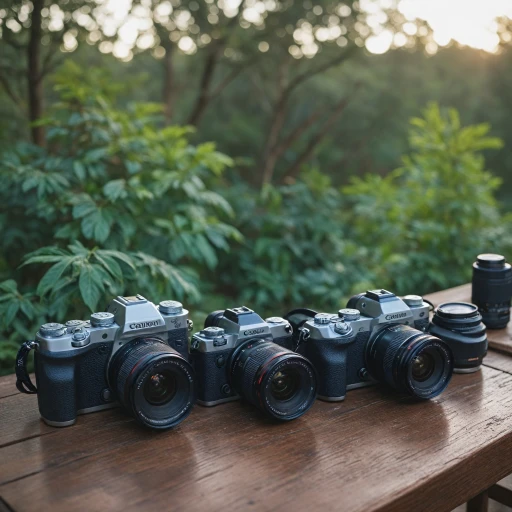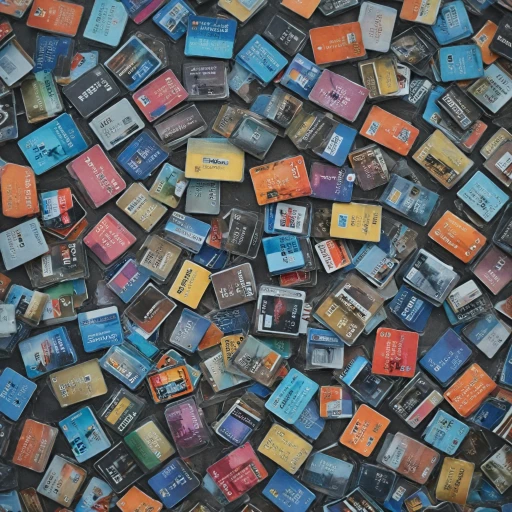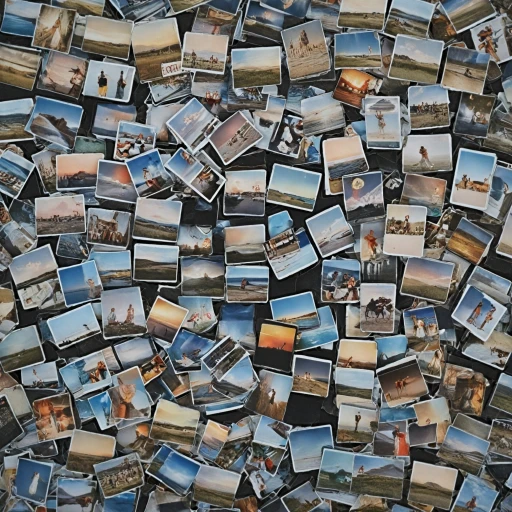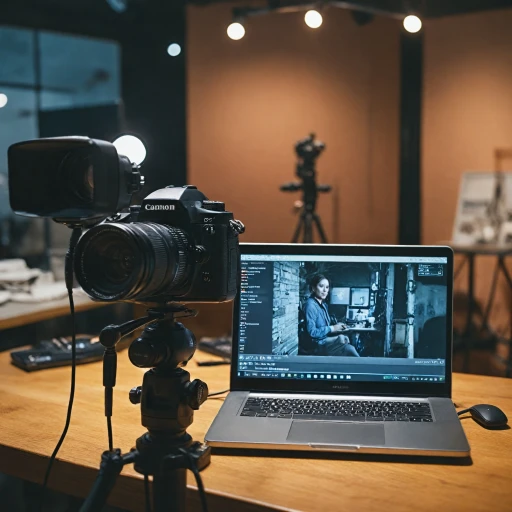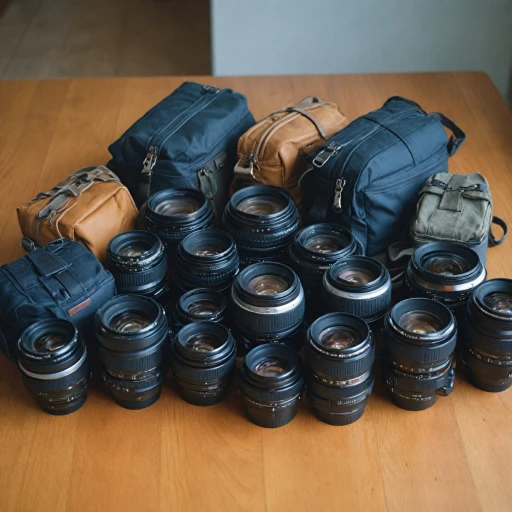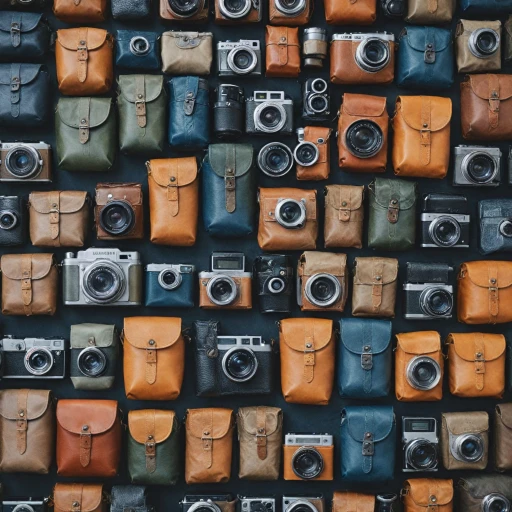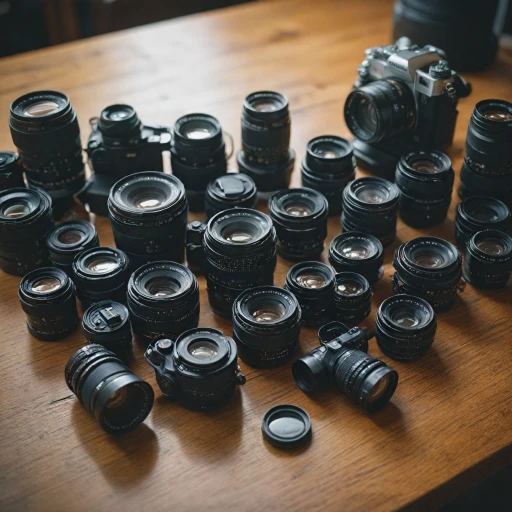
Understanding Image File Sizes
Grasping Image Size Dynamics
When determining how many photos a 32GB card can hold, understanding image file sizes is crucial. This boils down to the relationship between the file format, quality settings, and the size of the image files themselves. Typically, digital cameras use JPEG and RAW formats, each impacting storage capacity differently. Here's what you should consider:- JPEG Photos: Known for their smaller file sizes, JPEG format compresses the image, making it more space-efficient. The trade-off comes in a slight loss in quality, which may or may not be noticeable depending on your use case. A 32GB card can hold many pictures in JPEG due to its compact nature.
- RAW Files: On the other hand, RAW files offer higher quality at the cost of larger file sizes. This format retains all image data captured by the camera, preserving quality and detail, which is beneficial for post-processing. This means fewer images can be stored per memory card.
JPEG vs. RAW: Impact on Storage
Comparing JPEG and RAW Formats
When it comes to storing photos on your memory card, understanding the difference between JPEG and RAW formats is crucial. These two file formats significantly impact how many pictures a card can hold. JPEG files are compressed, meaning they take up less space on your memory card. This compression allows you to store a larger number of photos, but it comes at the cost of some image quality. On the other hand, RAW files are uncompressed and retain all the data captured by your camera's sensor. This results in higher quality images but also larger file sizes, reducing the number of photos your card can hold.
File Size Considerations
The file size of JPEG and RAW images can vary based on several factors, including the camera's settings and the complexity of the scene being photographed. Typically, a JPEG file might range from 2MB to 10MB, while a RAW file can be anywhere from 20MB to 50MB or more. This difference in file size means that a 32GB card will hold many more JPEG photos compared to RAW photos.
Quality vs. Quantity
Choosing between JPEG and RAW often comes down to a decision between quality and quantity. If you prioritize high-quality images and have the storage capacity, shooting in RAW is ideal. However, if you need to maximize the number of photos you can store on a card, JPEG is the better option. It's also worth considering the speed of your memory card, as faster cards can handle the larger file sizes of RAW images more efficiently.
For more insights on choosing the right memory card format for your needs, you can explore this guide.
Resolution and Its Role in Storage Capacity
Decoding Resolution's Impact on Digital Storage
When it comes to understanding how many pictures a 32GB card can hold, resolution plays a critical role. Resolution refers to the number of pixels in an image, directly influencing both the file size and quality. In the world of digital photography, high-resolution images generally mean larger file sizes. This means fewer photos will fit on the same memory card compared to lower-resolution images.
For instance, a 24-megapixel camera will produce larger photos than a 12-megapixel camera, largely increasing the demand for storage, regardless of whether you're shooting in JPEG or RAW format. High-quality settings in a camera can drastically impact the amount of space an image occupies, with RAW files being significantly larger than JPEGs, as mentioned in the analysis of JPEG and RAW impacts on storage.
Typically, JPEG photos are more compressed, allowing for more images per card compared to RAW files, which retain all image data, resulting in larger file sizes. Choosing the right resolution setting tailored to your needs can help in efficiently using storage space on memory cards. It’s important to match the card size and speed to the resolution capabilities of your camera, for optimal storage management.
Understanding image resolution will, therefore, guide you on the number of photos you can store, helping you make informed decisions on which miniature tools might assist in managing, organizing, and maximizing your storage solutions effectively.
Estimating Storage for Different Camera Types
Storage Calculations for Varied Camera Models
When it comes to estimating storage needs, understanding your camera type is crucial. Different cameras can record a wide range of image sizes and formats, impacting how many pictures a memory card can hold. Let's dissect these variations.
First, let's consider compact cameras. These models generally save images in JPEG format, resulting in smaller file sizes, and allow a 32GB card to hold thousands of pictures, typically ranging from 2,000 to 4,000 photos depending on the quality settings.
In contrast, DSLR and mirrorless cameras often offer the option to shoot in RAW format, which provides higher quality but produces significantly larger files. Here, a 32GB memory card might only hold around 300 to 500 RAW images based on the camera's sensor resolution and settings.
For action cameras or drones, they capture photos and video, mainly in JPEG format, leading to an intermediate file size. Your card size and storage might be able to accommodate a few dozens of videos or hundreds of photos, bearing in mind the balance between high quality and storage.
It's important to remember that your camera's resolution and chosen file format greatly affect your ability to predict the number photos you can store. Although manufacturers typically provide estimates, real-life conditions such as scene complexity can alter actual file sizes.
As you assess storage for your camera, aligning the number of images with your photography habits can guide your choice of memory cards. Whether you're capturing raw files for professional work or jpeg photos for everyday moments, ensure your card can meet the demand.
Practical Tips for Maximizing Storage
Optimizing Your Memory Card's Storage Capacity
- Utilize JPEG Format: Choosing JPEG over RAW can significantly increase the number of photos your card can hold due to smaller file sizes. JPEG files are compressed and take up less space, which allows for more images on the same card size.
- Adjust Image Quality Settings: Lowering the image quality settings on your camera will reduce the file size. This means more images can be stored on your memory card. However, be mindful of the balance between quality and the number of photos you wish to store.
- Regularly Review and Delete Unneeded Files: Periodically go through your photos and remove any duplicates or poor-quality images. This makes more storage space available for new pictures.
- Format Your Card Regularly: After backing up photos, formatting your memory card in-camera can help maintain performance and extend its capacity by clearing any hidden files that can accumulate over time.
- Consider Card Speed and Capacity: Faster memory cards can handle larger images and quicker data transfers. Opting for a card with higher speed ratings ensures you maximize your camera's performance without compromising on the number of photos stored.
- Carry Spare Cards: Regardless of how much storage you have, carrying additional memory cards ensures you're prepared for shooting sessions without worrying about running out of space.
Choosing the Right Memory Card for Your Needs
Finding the Perfect Fit for Your Photography Needs
Selecting the right memory card is essential for ensuring your camera performs optimally and that you can store the number photos you expect during a shoot. Here’s what to consider:- Capacity: Consider the number of pictures you want your card to hold. A 32GB card is popular for many scenarios, but depending on whether you shoot more JPEG or raw files, you may need different storage sizes. For example, JPEG photos generally require less space compared to raw photos.
- Speed: Memory cards come with a variety of speed ratings, impacting how quickly files are written to or read from the card. Faster read and write speeds are particularly significant if you frequently shoot in bursts or record high-quality videos.
- File Format and Quality Settings: The file format (JPEG, Raw) and quality settings on your camera will influence the file size and consequently how many photos your card can accommodate. JPEG settings generally lead to smaller file sizes, potentially allowing your card to store many more photos.
- Camera Type: The type of camera you use also affects your choice. Professional cameras working in raw format may necessitate larger storage capacities, while compact cameras or smartphones may not.
